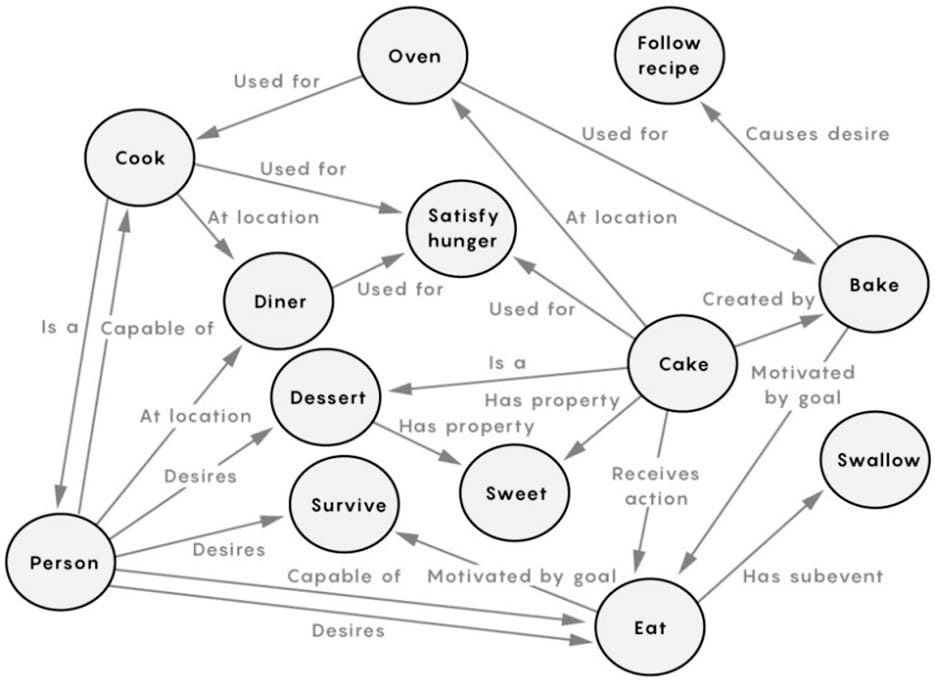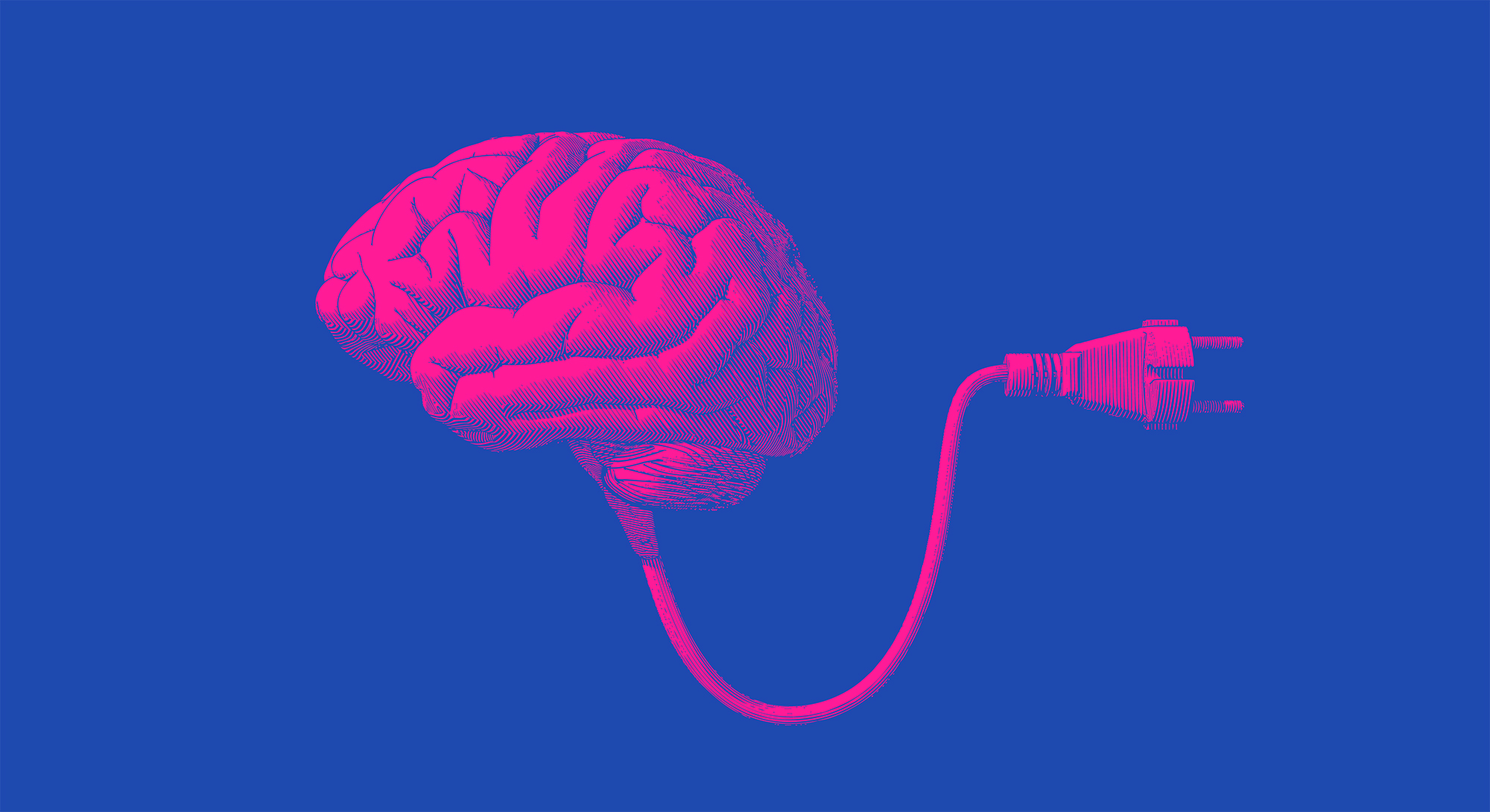The Future of Decision Making?

First of all: What is common sense? It was at the beginning of the 18th century that this philosophical term first acquired its modern meaning. Common sense became the basis for modern thinking in contrast to metaphysics that was practiced during the middle ages. Today, common sense and how it should best be applied remains linked to many topics in ethics or the philosophy of modern social sciences.
Common sense represents all the background knowledge we have about the physical and social world absorbed during our lives. It includes such things as our understanding of basic physics (causality, gravity, temperature) as well as our expectations about how humans behave. Commonsense reasoning is one of the branches of artificial intelligence (AI) that is concerned with simulating the human capacity for making assumptions about the purpose, intentions and behaviour of people and objects, as well as possible outcomes of their actions and interactions in decision-making.
Common sense is indeed very common. However, we all have a different idea of what it is. In many ways, it is more related to judging than thinking.
As the psychologist and Nobel Laureate Daniel Kahneman notes in his book Thinking Fast and Slow, when we arrive at conclusions based on common sense, the outcomes feel true, regardless of whether this is correct. We are psychologically not well-equipped to judge our own thinking.

Problems Integrating Commonsense Reasoning in AI
AI researchers, so far, have not been successful in giving intelligent machines the commonsense knowledge they need to reason about the world. Without this knowledge, it is impossible to truly interact with the world. Traditionally, there have been two unsuccessful approaches in getting computers to reason: symbolic reasoning and deep learning.
Fail I: Symbolic Reasoning
This first attempt in AI was to program rules for common sense. Although this led to some success with rule-based expert systems, this approach has not succeeded. Starting in 1984, a project called “Cyc” was designed to capture commonsense knowledge through a knowledge database and to map relationships among that knowledge.

Rodney Brooks, MIT professor and AI entrepreneur, made the following comment about Cyc: “While it has been a heroic effort, it has not led to an AI system being able to master even a simple understanding of the world.” The basic problem is that language is fuzzy.
For example, the word bass can mean a type of fish, a low frequency tone, a type of instrument, or the name of a person or place. Semantic networks apply symbolic reasoning to tackle this fuzziness problem. An example of such a network is ConceptNet. It is based on crowdsourced knowledge where people can enter what they consider to be commonsense knowledge. The following diagram provides an example of how a ConceptNet network defines the word “cake”:

The problem of this approach is that information needed to draw conclusions is not represented by the network. A cake can be a snack as well as a dessert, or it may or may not satisfy hunger. You might eat the cake because you want something sweet. It is not likely, although theoretically possible, for a person to eat a cake in the location of an oven, especially if it is hot.
Fail II: Deep Learning
Deep learning has achieved more success than methods based on symbolic reasoning as shown by the following examples:
- AlphaGo – Applied in playing board games like the ancient game of Go, AlphaGo combines two deep neural networks. The policy network predicts the next move and is used to narrow the search so that only the moves most likely to lead to a win are considered. The value network reduces the depth of the search tree by estimating the winner in each position instead of searching to the end of the game. Since the policy network suggests intelligent possible moves and the value network evaluates the current position, AlphaGo can choose the move based on the most successful simulation. However, AlphaGo and similar approaches are incapable of dealing with unforeseen events, which reduces their application potential for other problem-solving tasks.
- Generative Pre-trained Transformer (GPT) – This analyses language using deep learning to deal with the issues of “fuzziness.” GPT models are pre-trained and use a statistical model of language expressed in millions or billions of parameters in a neural network. If they are fine-tuned for a specific task, such as answering questions or paraphrasing text, they can give the impression that they appear to understand what they are reading.
- Bidirectional Encoder Representations from Transformers (BERT) – BERT is a neural network that tries to understand written language. It represents a natural language processing (NLP) algorithm that uses a neural net to create pre-trained models. Unlike other algorithms, BERT is bidirectional. Google, which developed BERT, claims that tests such as the “Stanford Question Answering Dataset” test are passed with above human-level accuracy.

New Attempts
Modeling common sense with AI is the goal of COMET (Common Sense Transformers for Automatic Knowledge). The project is an attempt to combine the approaches of symbolic reasoning with the neural network language model. Introduced by Yejin Choi from the Allen Institute in 2019, the idea is to give the language model additional training from a commonsense knowledge base. The language model could then generate conclusions based on common sense just like a generative network could learn how to generate text. Choi and her colleagues fine-tuned a neural language model with commonsense knowledge from a knowledge base called Atomic.
The key idea is to enhance language with visual perceptions or embodied sensations. Presumably, humans were using common sense to understand the world before they were communicating, hence the idea is to teach intelligent machines to interact with the world the way a child does. Hence, Choi and her colleagues are augmenting COMET with labeled pictures, hoping to have a neural network that can learn from knowledge bases without human supervision.

Common sense is considered the holy grail towards the goal of reaching human-level AI. While, so far, AI has not succeeded in overcoming this barrier, there are indications that AI will eventually support various decision-making situations, applying different models in matching different problems to be resolved.
Common Sense vs. Human Intelligence
In his book What Intelligence Tests Miss published in 2009, Keith Stanovich, professor emeritus of applied psychology and human development at the University of Toronto, offers a way to understand the difference between intelligence and common sense. Stanovich argues that there are really three components in our cognitive ability that distinguish common sense from intelligence:
- The autonomous mind – This activates your thinking based on simple associations. It allows you to do what you have always done in the past, and in fact to feel as though you are on autopilot, because the autonomous mind operates very rapidly and effortlessly. For example, when you face 60 types of bread at the supermarket and simply buy the bread that you usually buy, you are using the autonomous mind. If the bread you usually buy is out of stock, you will be forced to use the algorithmic mind.
- The algorithmic mind – This processes information, juggling concepts in the brain’s working memory, making comparisons among them, combining them in different ways, and so forth. Thus, you might examine different brands of a bread to determine which is most likely the one you usually buy in terms of cost and nutritional content.
Intelligence is an indicator of the algorithmic mind; it lacks, however, reflection.
- The reflective mind – This refers to the goals of the problem to be solved as well as beliefs relevant to this problem and the selection of actions in trying to get to these goals. Stanovich stresses that this tendency to think through a problem and not use the answer provided by the autonomous mind is only weakly related to intelligence. Even though both the algorithmic and the reflective mind are important in tasks we associate with intelligence, we only consider functions of the algorithmic mind as “intelligent” which is all that IQ tests measure.

Heuristics: From Common Sense to Decision-Making
Related to common sense, a heuristic is defined as a mental shortcut that allows people to solve problems and make judgments quickly and efficiently. These rule-of-thumb strategies shorten decision-making time and allow people to function without constantly thinking about their next course of action. Heuristics are helpful in many situations, but they can also lead to cognitive biases.
It was during the 1950s that the Nobel Prize–winning psychologist Herbert Simon suggested that while people strive to make rational choices, human judgment is subject to cognitive limitations.
In order to cope with the tremendous amount of information we encounter and to speed up the decision-making process, the brain relies on mental strategies to simplify things, so we don’t have to spend endless amounts of time analysing every detail.
These strategies can be classified as follows:
- The availability heuristic – This involves making decisions based upon how easy it is to bring something to mind. When you are trying to make a decision, you might quickly remember a number of relevant examples. Since these are more readily available in your memory, you will likely judge these outcomes as being more common.
- The representativeness heuristic – This involves making a decision by comparing the present situation to the most representative mental prototype. When you are trying to decide if someone is trustworthy, you might compare aspects of the individual to other mental examples you hold.
- The affect heuristic – This involves making choices that are influenced by the emotions that an individual is experiencing at that moment. For example, research has shown that people are more likely to see decisions as having benefits and lower risks when they are in a positive mood. Negative emotions, on the other hand, lead people to focus on the potential downsides of a decision.

While heuristics can speed up our decision-making process, they can introduce errors. Just because something has worked in the past does not mean that it will work again and relying on an existing heuristic can make it difficult to see alternative solutions or to come up with new ideas.
AI Can Overcome the Weaknesses of Heuristics in Decision-Making
Common sense is not a science. Nowhere is this more evident than in the worlds of quantum mechanics and relativity in which our commonsense intuitions are hopelessly inadequate to deal with quantum unpredictability and space-time distortions. In science the highest unit of cognition is not the individual, it is the community of scientific enquiry. Following this path, research about the biological functionality of the human brain is increasingly taking the lead in AI-development.

This, combined with the ongoing exponential growth of the computational capacity of intelligent machines and the processing of huge volumes of data, will lead to powerful tools supporting the process for better decision-making. While Artificial General Intelligence (AGI), which provides general problem-solving capability, still has a long way to go, AI-tools similar to apps will augment and improve heuristic concepts in the years to come.
Learn more about AI and its usability:






